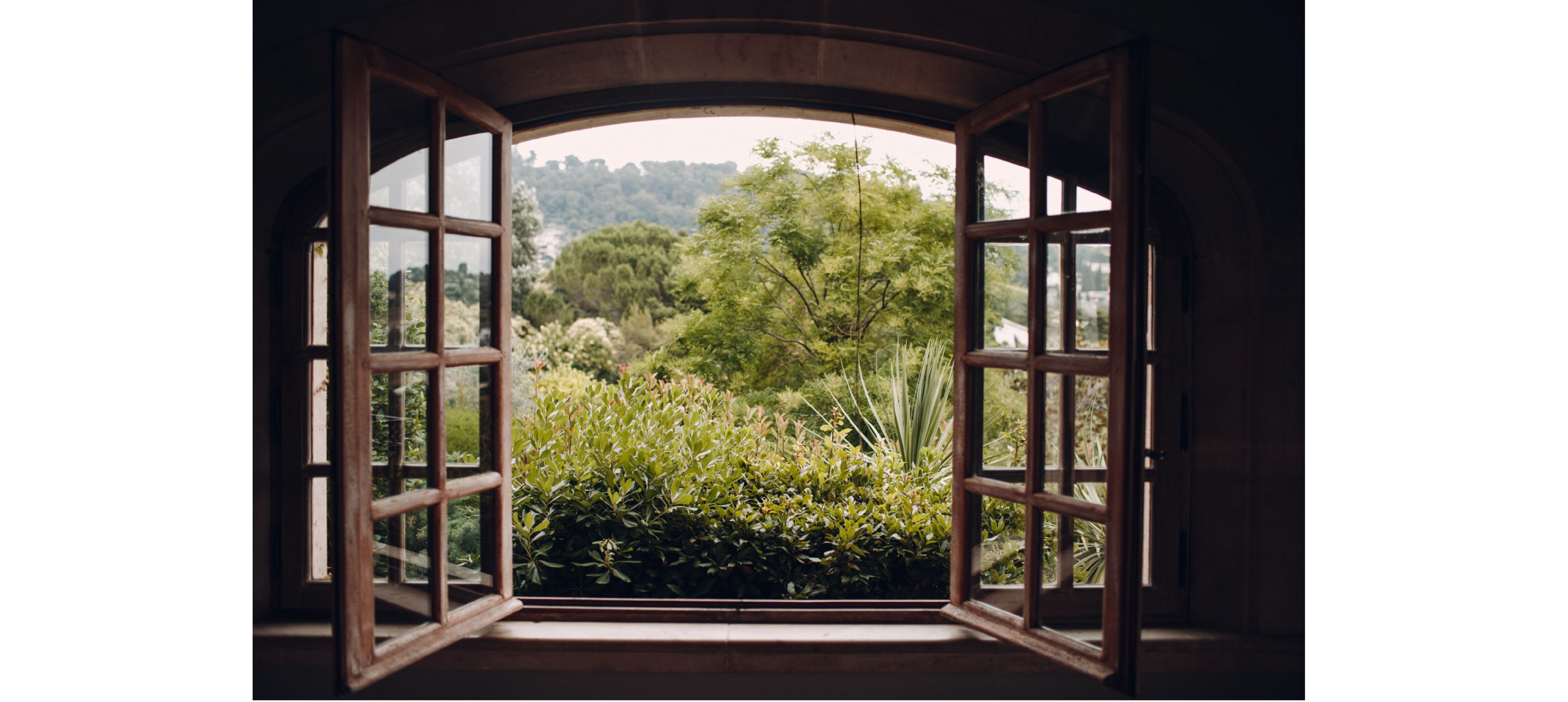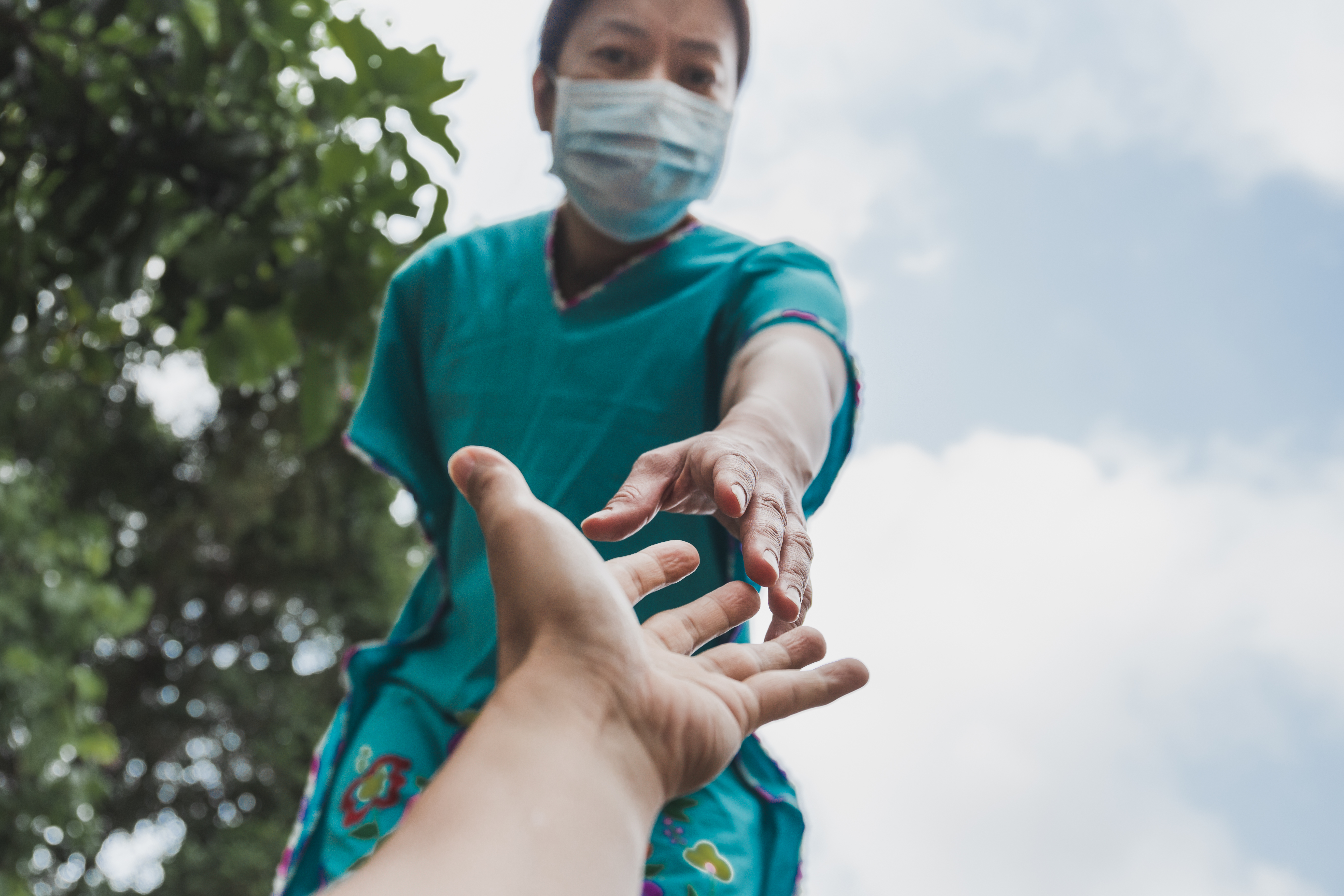
Stories on trees: Urban forests & Green space during Covid-19 pandemic
The COVID 19 pandemic is transforming our society. All the basic elements of living together have radically changed in the past weeks: Where and how we work, whom we spend time with, whom we care about, what tasks and activities keep us busy.
During the lockdown those that can, have been flocking into green spaces and urban forests for physical exercise and mental calming. At least this applies to those who are not locked down totally. Recent charts by Google, for instance, show an impressive increase of mobility toward places like national parks, public beaches, marinas, dog parks, plazas, and public gardens, amidst a general fall in mobility trends (e.g. the case of Germany).
Isolation and prevention measures are putting the critical importance to society of urban green spaces in a completely new light, intensifying existing dynamics and creating new ones. Discussions are underway about the quantity and type of urban greenspace needed, social equity and access for the least financially able, ratio of space to population; but also about their function as a social space, their role in gentrification and the relationship between open space and health services…
Trees in particular are showing their full potential in improving our lives as individuals and societies. The many services they offer to natural ecosystems and society were proven long before the pandemic exploded (e.g. regulate temperature and provide shade, filter air pollutants, sequester carbon, manage and filter rainwater, stabilize soils & maintain soil health, provide food and shelter for living organisms, improve mental, physical, and well-being, improve recreation and aesthetics…). During the pandemic, this became ever more visible: trees are key amenities and a source of enjoyment during locked-in routines; they contribute in preserving and improving people’s mental and physical health; and people of all ages and conditions hold on to them as an actual lifeboat for carrying on.

In these challenging times, green spaces have become an image of inequalities and injustice that characterize our societies and cities. To begin with, not everybody looks at public green spaces and forestry the same way – it is not only a question of availability of green space in the neighbourhood but also one of each individual living situation. Rooftop apartments, with a lot of insolation or with green views are the top winners during the ordered pandemic home rests. Vis-a-vis the #stayathome imperative, the need of the healing potential of trees becomes particularly pronounced for people whose home is small, overcrowded or insalubrious; people who do not have their own garden; people who have a flat without a balcony; people who have a flat on the ground floor with a limited view outside and lack of direct sunlight; people with specific needs for outdoor physical activity or for people requiring a break from the stay-at-home routine. Secondly, not everybody has (visual or physical) access to the same amount and quality of public green spaces, with the geography of green spaces often reflecting and reproducing patterns of socio-economic disparity, resulting in environmental injustice: What is probably most worrying is the fact that those who today find themselves in the greatest need for green spaces are the ones that face the greatest deprivation in a multiple sense: low income, children, elderly, disabled, etc.
More so, as “social distancing” measures were seemingly not respected in green spaces, many governments have been locking down parks and other accessible greenspaces. Examples of places where green spaces were closed include Vienna’s city centre, where most public parks are fenced and now completely locked, and Spain or Italy where going into parks was prohibited, because it was not considered a necessary activity. In Belgium, where forests are few and far between, only some people are allowed to travel to a forest by car (e.g. parents of children of 5-year or younger, people with lower mobility due to age or handicap). All others have to find their green spaces within a walking or biking distance. Furthermore, the greenspace visits are meant only for movement – stopping to sit on a bench by the side of the road has been banned for most people. Such policies are clearly socially divisive, possibly favouring those with access to private green such as gardens or those living in nearby rural environs whilst creating disadvantages to people who live in high rise apartments often in ‘hard urban’ areas and who already suffer from multiple deprivation.
If we look at the future, amidst the legitimate worries about what needs to be done and how to deal with the social and health emergency, we need to start thinking about reconstruction: Greenspaces and urban forests will have to play a key role in the debate about how we want to, as society, return to “normal” life and how we want to ensure that urban green spaces are accessible for everyone. The corona pandemic, with all its drawbacks, could also be the starting point for a much-needed debate on a social contract about the future role of green spaces where we live and work…
Authors: Nicola da Schio, Dagmar Haase, Sebastian Scheuer, Corina Basnou, Clive Davies, Koos Fransen, Dennis Roitsch, Jiali Jin, Rik De Vreese, Katriina Kilpi
